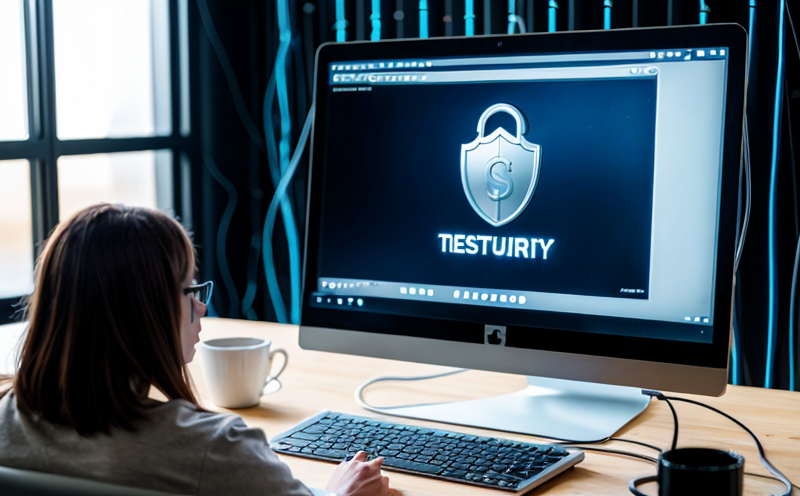IEC 62433 Electromagnetic Compatibility in Network Systems Testing
The IEC 62433 standard is a cornerstone for ensuring that network systems maintain their functionality within electromagnetic compatibility (EMC) environments. This service focuses on testing and validation of network equipment to ensure compliance with this international standard, which has been specifically designed to address the challenges posed by modern electronic networks.
Network systems are increasingly complex, integrating various components like routers, switches, servers, and communication devices that operate within a wide range of frequencies. These systems must be able to withstand electromagnetic interference (EMI) without performance degradation or failure, while also not emitting excessive levels of EMI themselves. Compliance with IEC 62433 ensures that network equipment operates reliably in real-world conditions.
The testing process involves a series of controlled experiments aimed at evaluating the susceptibility and robustness of network systems to electromagnetic interference. This includes both conducted and radiated emissions, as well as immunity tests under different environmental conditions. The apparatus used for these tests is sophisticated and includes specialized equipment such as anechoic chambers, power supplies with precise control over voltage and current, and high-frequency signal generators.
During the testing process, network equipment is subjected to a range of test signals that simulate real-world electromagnetic environments. These signals are carefully controlled to ensure they cover all relevant frequency bands and intensity levels specified by IEC 62433. The acceptance criteria for this service are stringent, requiring that the equipment under test meets or exceeds the performance benchmarks outlined in the standard.
The testing process is comprehensive and can be broken down into several key stages: pre-test configuration, signal generation, application of EMI, measurement of responses, and final evaluation. Each stage is critical to ensuring that the network system behaves as expected under various electromagnetic conditions. The results are meticulously recorded and analyzed to provide a clear picture of the equipment's performance.
The importance of this service cannot be overstated in today’s interconnected world. As more industries rely on seamless communication, the need for robust and reliable network systems is paramount. Compliance with IEC 62433 not only ensures regulatory compliance but also enhances the trustworthiness and reliability of network equipment.
By adhering to this standard, manufacturers can ensure that their products are resilient against electromagnetic interference, thereby protecting critical infrastructure from potential disruptions. This service is essential for quality managers, compliance officers, R&D engineers, and procurement professionals who need to ensure the integrity and robustness of their network systems.
Applied Standards
- IEC 62433-1:2018 - General requirements for electromagnetic compatibility (EMC) testing of network systems.
- IEC 62433-2:2019 - Measurement of conducted and radiated emissions from network systems.
- IEC 62433-3:2020 - Determination of immunity to electromagnetic disturbances for network systems.
Industry Applications
This service is particularly relevant in sectors where the integrity and reliability of communication networks are critical. Key industries include telecommunications, data centers, smart cities, and IoT infrastructure. In these environments, the ability to withstand electromagnetic interference ensures continuous operation and prevents costly downtime.
- Telecommunications: Ensuring network resilience during natural disasters or power outages.
- Data Centers: Maintaining uninterrupted data flow in mission-critical applications.
- Smart Cities: Supporting the seamless operation of urban infrastructure like traffic control systems and public safety networks.
- IoT Infrastructure: Ensuring compatibility and robustness across a wide range of devices and environments.
Eurolab Advantages
At Eurolab, we pride ourselves on offering unparalleled expertise in IEC 62433 testing. Our team of engineers is well-versed in the intricacies of this standard and can provide comprehensive support throughout the testing process.
- State-of-the-Art Facilities: Equipped with the latest technology to ensure accurate and reliable test results.
- Comprehensive Support: From initial consultation to final report, our team is dedicated to providing you with the best service possible.
- Regulatory Compliance: Ensuring that your network equipment meets all relevant standards and regulations.
- Expertise in Complex Systems: Our engineers have extensive experience working with complex network systems, providing insights and recommendations for improvement.





